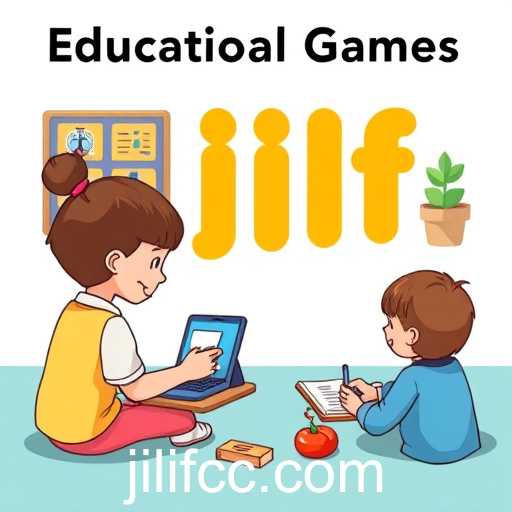An insightful look into how educational games are transforming the learning experience for students across various subjects.
In recent years, the incorporation of educational games into the learning environment has significantly transformed how students engage with educational content. The term 'Jilif' has become synonymous with educational games, signaling a growing trend in digital learning tools designed to make education interactive and enjoyable.
Educational games, often referred to as 'serious games,' are specifically created to teach users specific skills or knowledge. Unlike traditional games, which focus on entertainment, educational games aim to educate in a playful context. This innovative approach has found popularity across all levels of education, from kindergarten to university students.
The key advantage of educational games lies in their ability to foster active learning. With interactive elements, students can engage directly with the material, whether it's solving puzzles, answering questions, or completing challenges within a game. This form of active participation can lead to better retention of information, as it allows learners to apply concepts practically.
Furthermore, educational games cater to different learning styles. Visual learners can benefit from graphics and visual storytelling, while auditory learners gain from sound effects and verbal instructions. Kinesthetic learners, who learn best through physical activity, often find the hands-on nature of gaming highly beneficial.
One notable segment of educational games focuses on developing critical thinking and problem-solving skills. These games challenge players to think logically and make decisions based on given scenarios, thus enhancing cognitive abilities that are essential in academic and real-world contexts.
Another critical aspect of educational games is their ability to provide instant feedback. Unlike traditional testing methods, games can quickly inform students whether they've succeeded in a task or need to try again, allowing for immediate assessment of comprehension and helping to keep learners motivated.
While some educators have worried about the potential for games to be too distracting, careful design and a focus on educational outcomes have mitigated these concerns. When effectively implemented, educational games can blend seamlessly into a broader curriculum, supporting and enhancing the traditional learning process.
As technology continues to evolve, the scope for educational games, highlighted by the keyword 'Jilif,' expands with it. The integration of artificial intelligence and augmented reality into educational games is creating even more immersive and adaptive learning experiences, poised to tailor the educational content to individual student needs and developmental levels.
In conclusion, educational games are redefining how education is delivered and received. They represent a promising tool in modern pedagogy, offering an engaging way to learn that is both informative and fun.




